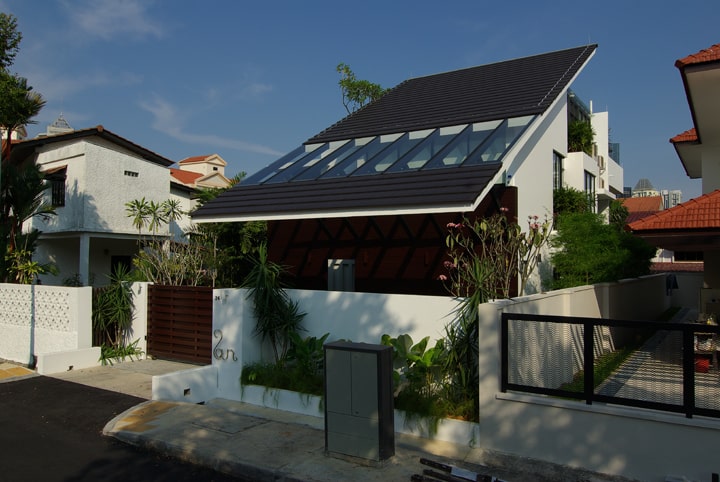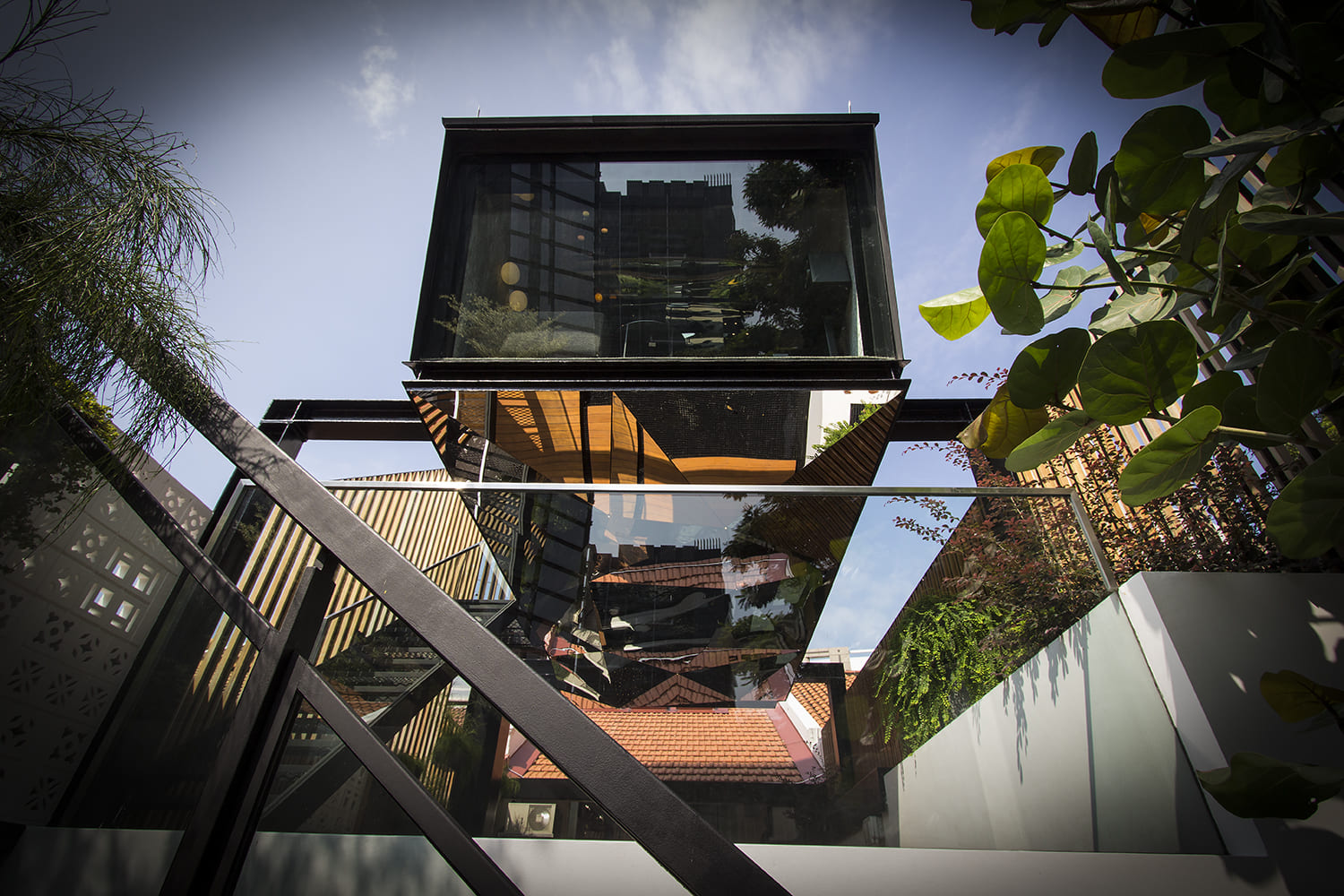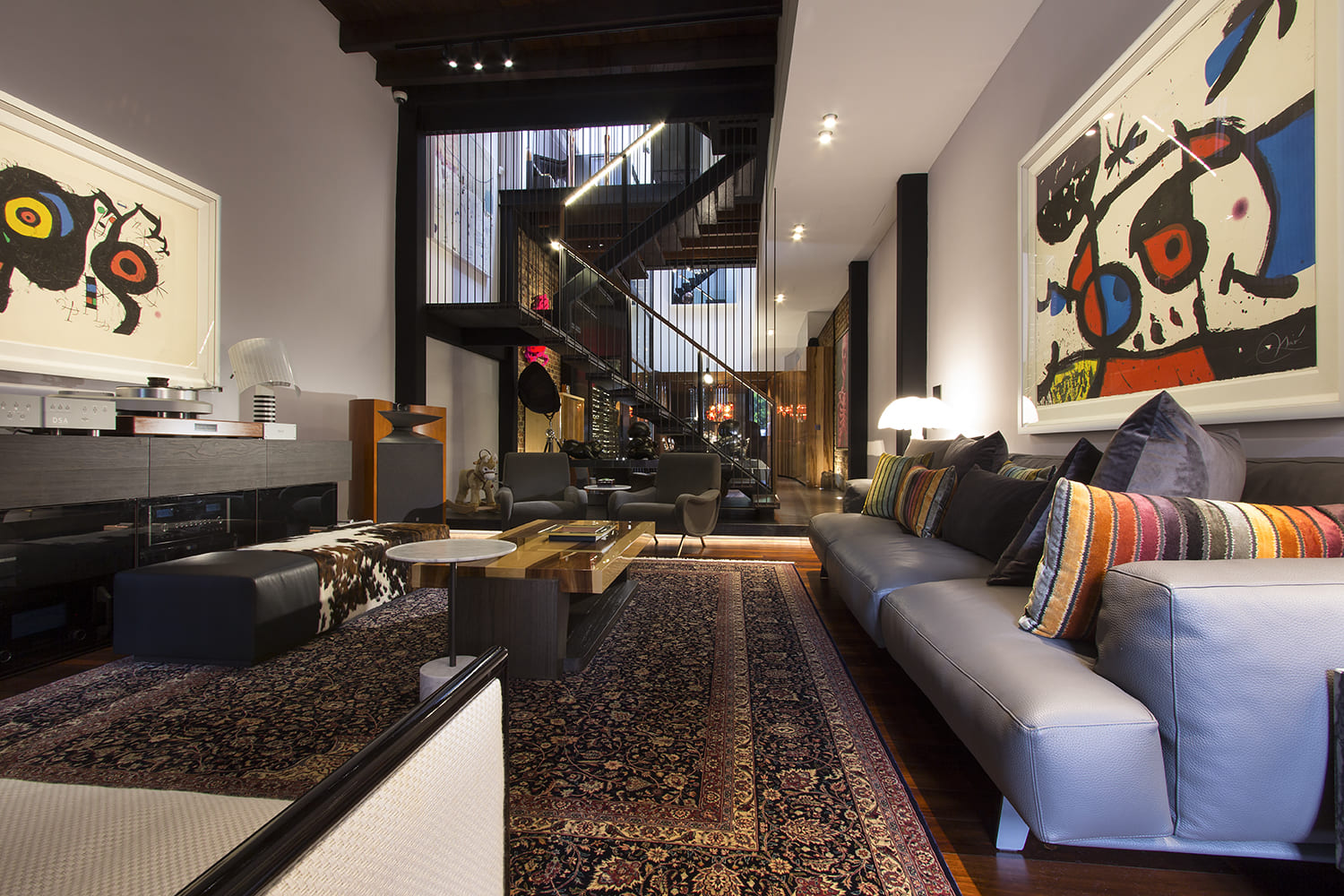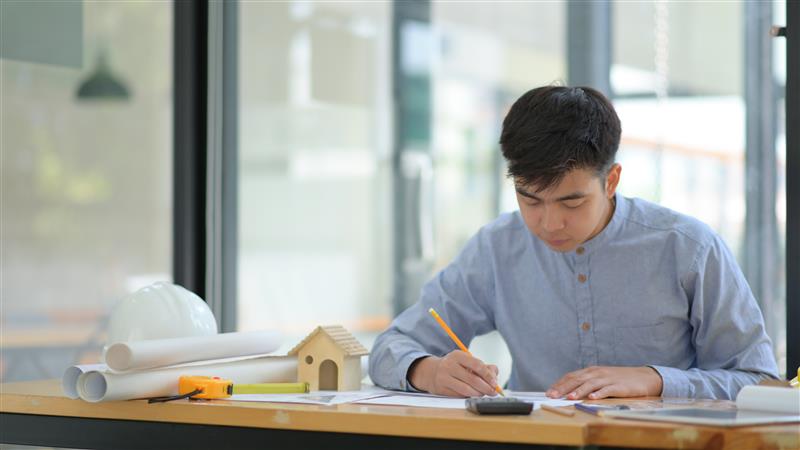May, 2025
Designing the Future of Urban Living with Green Architecture
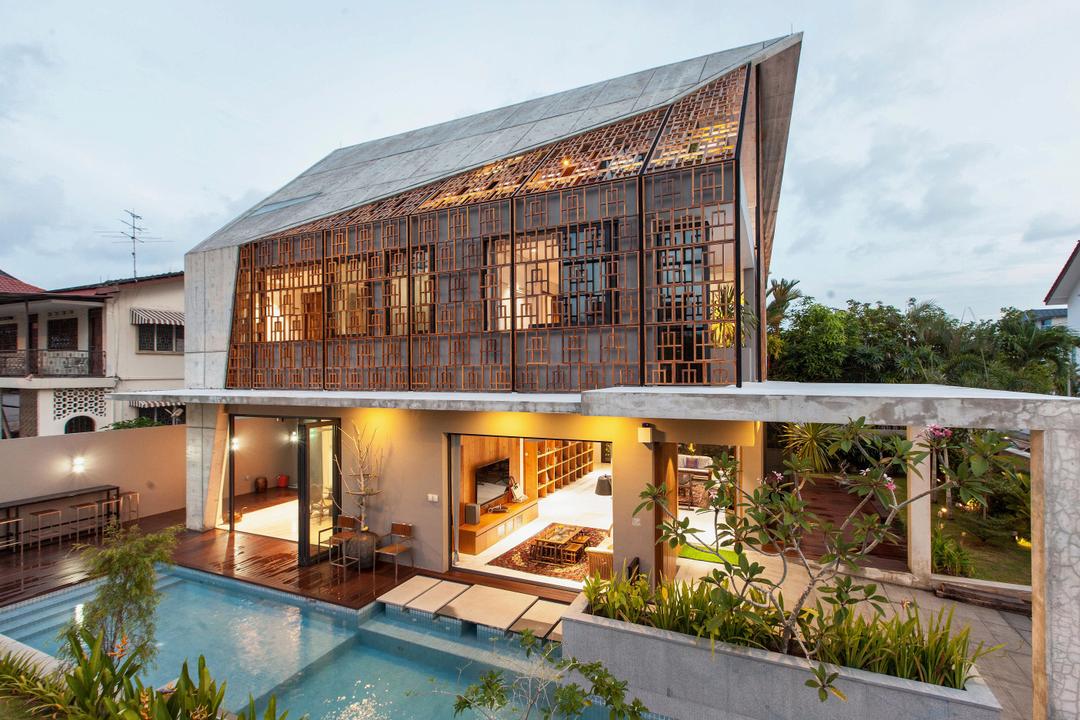
Image by: Albert K S Lim
As cities grow and populations continue to rise, integrating green spaces into high-density areas is becoming an increasingly important focus in architecture. In places like Singapore, famous architects in Singapore have taken the lead in blending nature with urban environments, pushing the boundaries of what architecture can achieve. By integrating green spaces into residential developments, these architects are transforming the way people live and interact with the city, while also addressing the environmental challenges posed by rapid urbanisation.
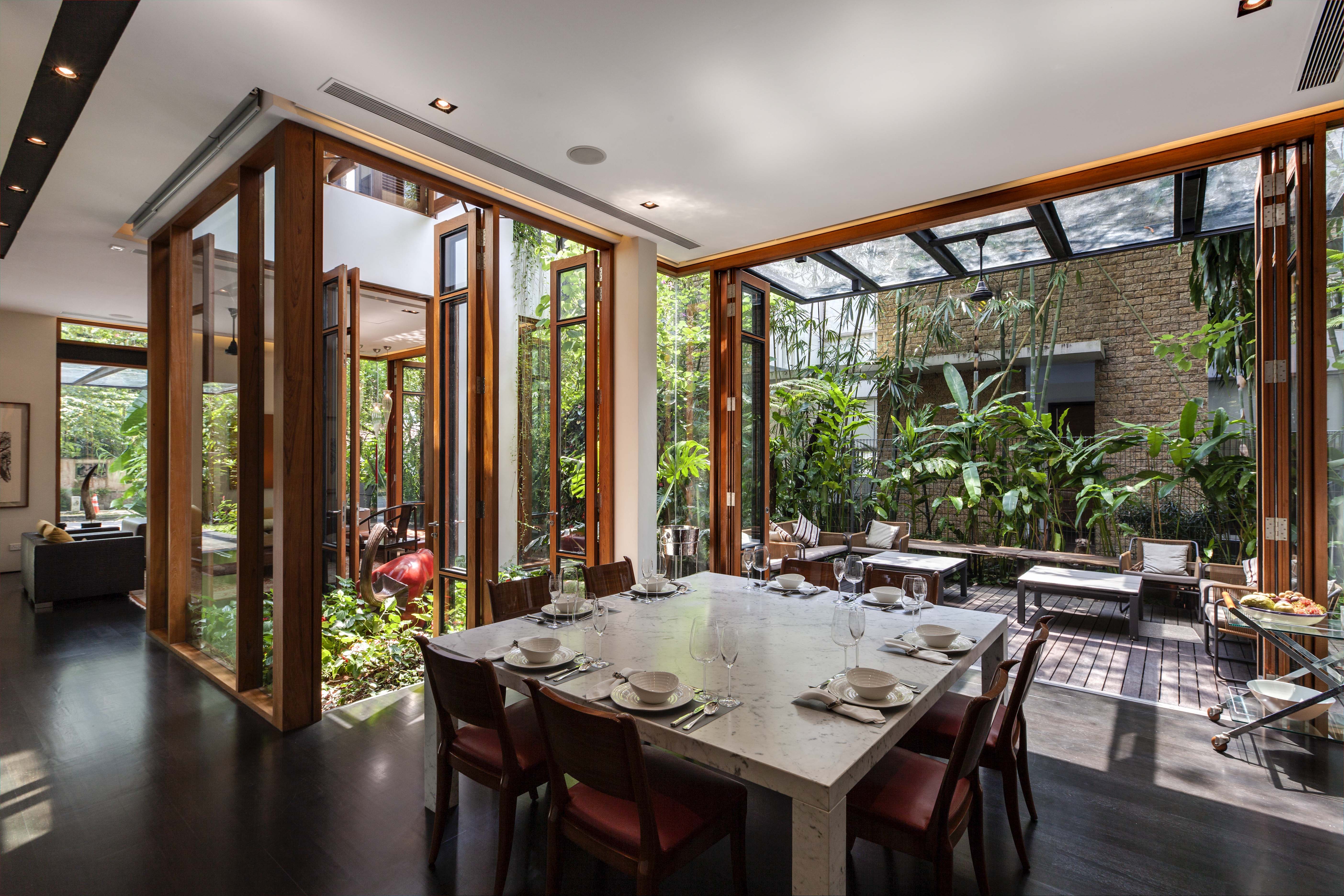
Image by: Sanjay Kewlani
Integrating Green Spaces into Urban Environments
With the rapid pace of urbanisation, residential spaces in high-density cities are facing challenges related to space, comfort, and functionality. Famous architects in Singapore have been reimagining residential designs by incorporating green spaces to enhance the quality of life for residents. In these developments, green spaces are not just an afterthought but a central feature of the design process. By creating spaces where residents can enjoy nature within their own homes or communities, these architects are fostering a greater sense of well-being, improving mental health, and enhancing the overall living experience.
Green spaces in residential developments can take many forms. From small private gardens to balconies to larger green areas, the emphasis is on ensuring that even in densely built environments, nature remains accessible and visible. Architects are also focusing on creating flexible spaces that can adapt to the needs of the residents, further enhancing the livability and functionality of urban homes.
Using Technology to Create Sustainable Homes
As technology continues to evolve, architects are finding new ways to integrate innovative solutions into the design and construction of residential houses. From the use of smart building systems that optimise energy consumption to the incorporation of renewable energy sources such as solar panels, the role of technology in sustainable architecture is more critical than ever.
Architects in Singapore are at the forefront of using technology to design buildings that are not only energy-efficient but also environmentally friendly. The integration of smart technologies allows buildings to monitor and adjust systems such as lighting, heating, and cooling based on usage patterns, reducing waste and improving energy efficiency. Additionally, advancements in materials and construction techniques allow for the creation of buildings that are both structurally sound and environmentally sustainable.
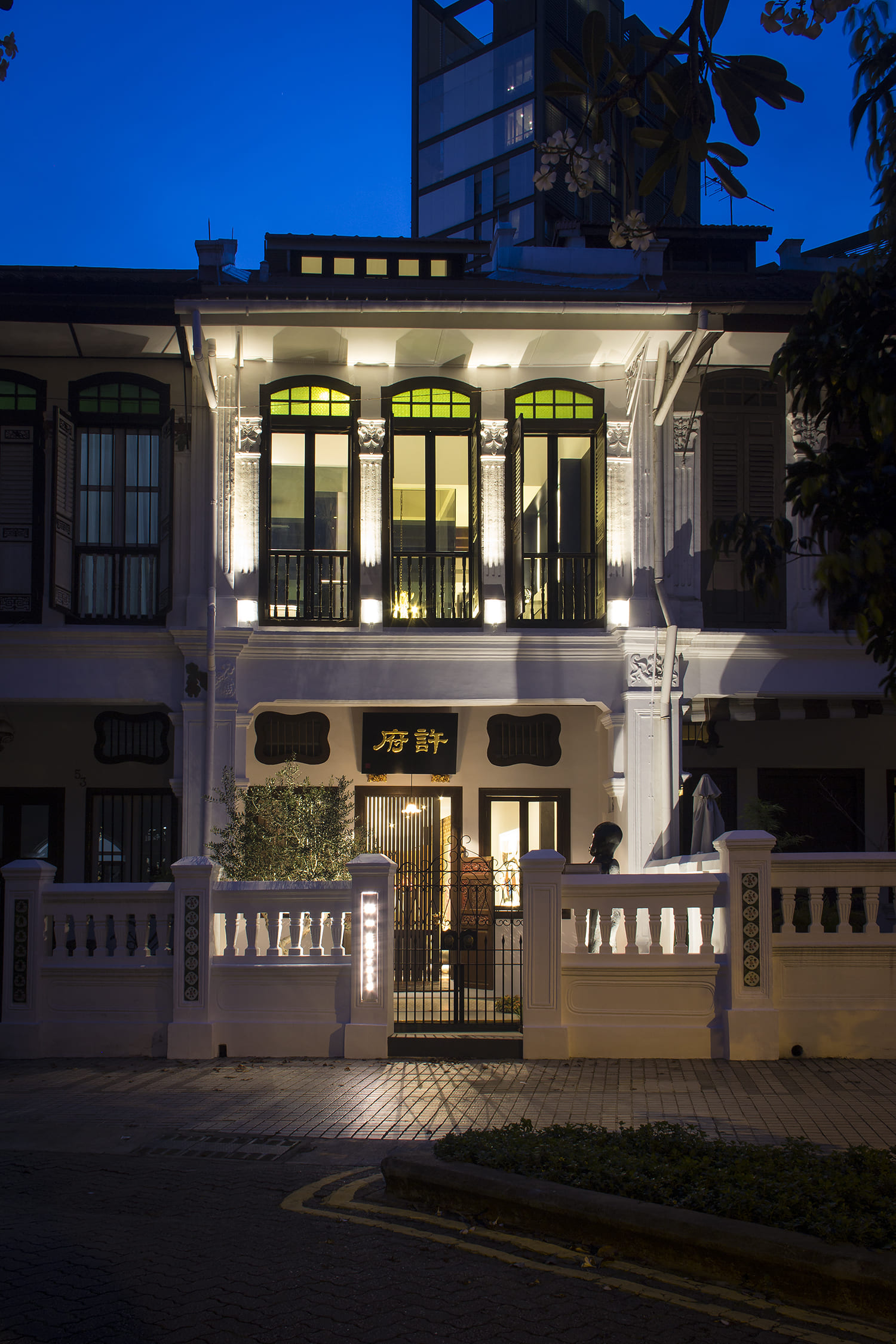
Image by: Amir Sultan
Reviving Old Buildings Through Innovative Reuse
In a city like Singapore, where space is limited and resources are precious, adaptive reuse has become an important approach in architecture. Adaptive reuse refers to the process of repurposing old or abandoned buildings for new purposes, rather than demolishing them and building from scratch. This approach not only helps preserve the historical and cultural heritage of a city but also offers a sustainable solution to urban development by reducing construction waste and preserving valuable resources.
Famous architects in Singapore are increasingly incorporating adaptive reuse into their designs, finding ways to breathe new life into old structures while integrating modern technologies and sustainable practices. Through careful planning and innovative thinking, old buildings are being transformed into vibrant spaces that serve the needs of the contemporary urban landscape. Whether it’s converting a shophouse into residential lofts or repurposing materials for the construction of your home, adaptive reuse is an effective way to meet the demands of urban growth while minimising environmental impact.
The incorporation of green spaces in adaptive reuse projects is also gaining traction. By transforming old buildings into green environments, architects can contribute to improving the overall quality of urban life. These green spaces not only enhance the aesthetics of the building but also provide a valuable resource for the community, helping to create healthier, more sustainable urban environments.
Discover Aamer Architects
The integration of green spaces into residential areas is a crucial step in creating sustainable, livable cities. Famous architects in Singapore are at the forefront of this movement, pushing the boundaries of sustainable architecture, reimagining residential spaces, leveraging technology for innovative building, and transforming old structures through adaptive reuse. As urban areas continue to grow, these architects are helping to ensure that green spaces remain a central feature of the urban landscape, promoting sustainability and improving the overall quality of life for residents.
In the years to come, the work of these architects will continue to influence the development of cities around the world, demonstrating that it is possible to build for the future while preserving the environment. By integrating green spaces and embracing innovation, high-density areas can become more sustainable, livable, and resilient, providing a model for cities of the future.
If you are inspired by Aamer Architects’ work and ready to bring your dream home to life, we’d love to hear from you.
Contact us today and let us craft an extraordinary house together for you.
